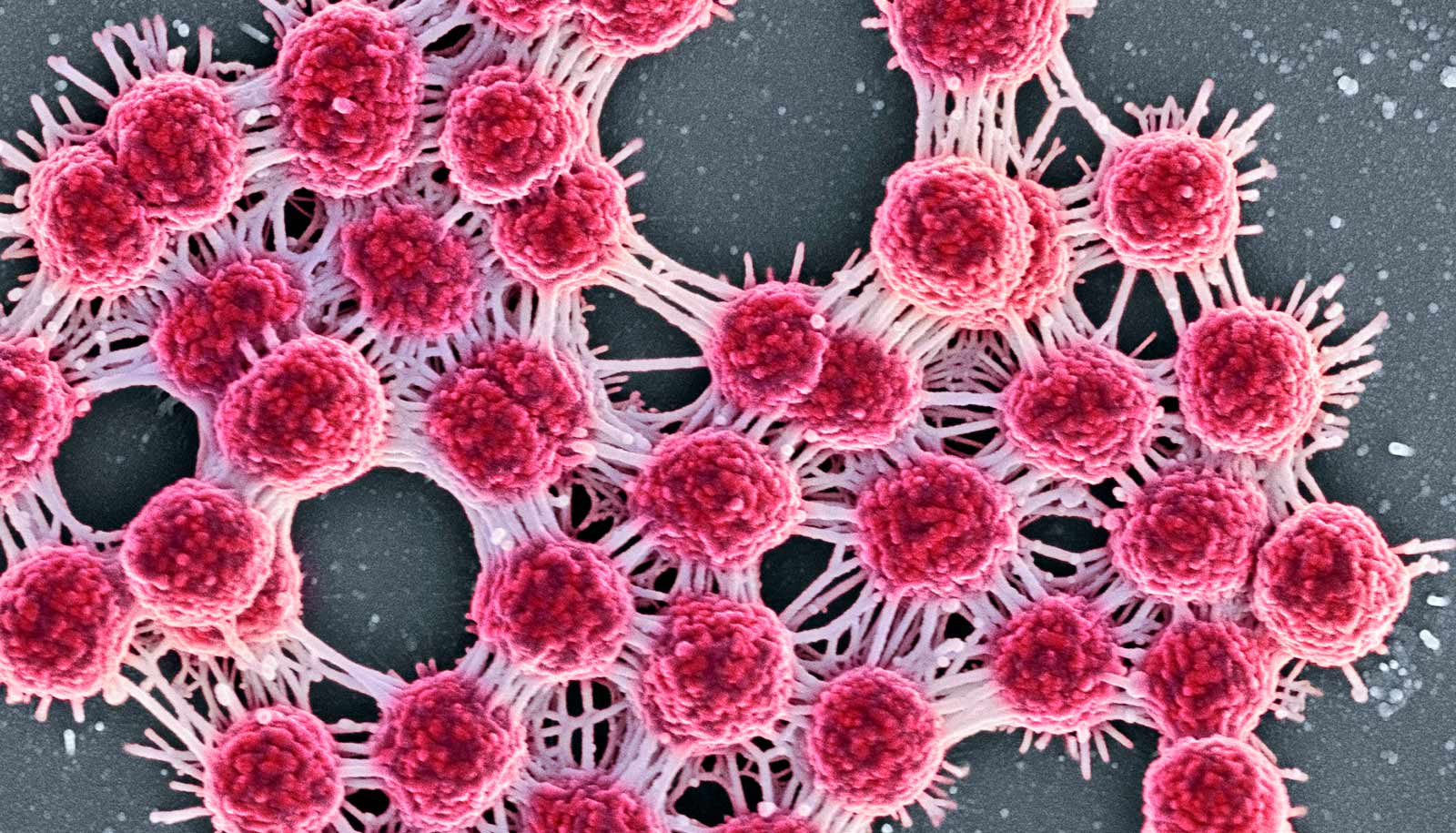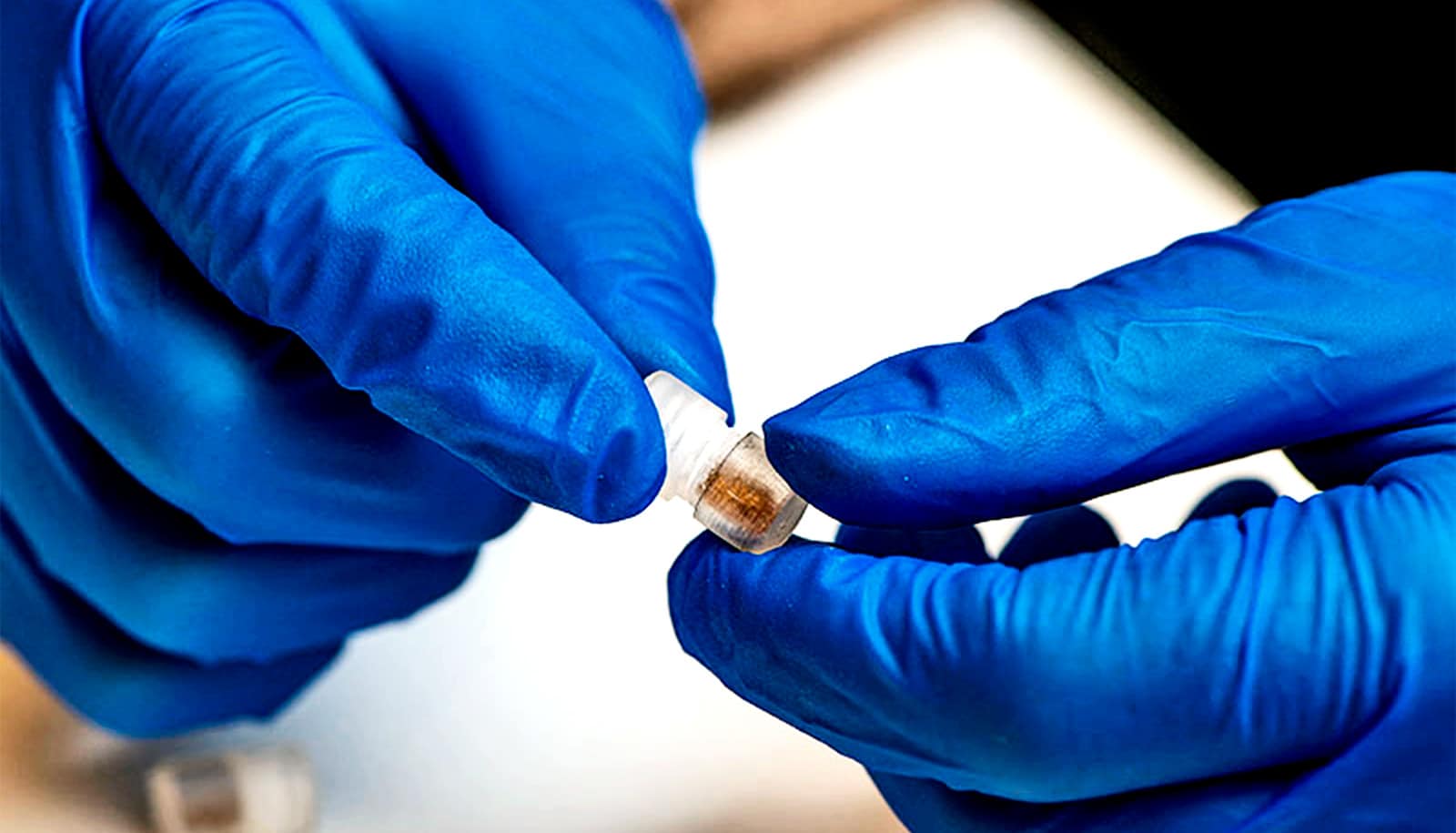Bartonella infection can mimic a spectrum of chronic illnesses, including mental illness, and can include skin symptoms, growing evidence shows.
Researchers have found additional instances of Bartonella infection in humans who exhibited neuropsychiatric symptoms. A subset of those patients also had skin lesions.
Bartonella henselae is a bacterium historically associated with cat-scratch disease, which until recently was thought to be a short-lived (or self-limiting) infection. There are at least 30 different known Bartonella species, of which 13 have been found to infect humans. Bartonella is notorious for “hiding” in the linings of blood vessels and potentially the skin. Improved methods for detecting Bartonella infection in animals and humans has led to the diagnosis of bartonelloses in patients with a host of chronic illnesses.
In 2019, Edward Breitschwerdt, professor of internal medicine at North Carolina State University, published a case study involving an adolescent boy diagnosed with rapid onset schizophrenia, who had accompanying skin lesions. After Breitschwerdt’s research group documented Bartonella henselae infection, the patient received antimicrobial therapy and all neuropsychiatric symptoms resolved.
The new study is a follow-up to the 2019 work and appears in the journal Pathogens. The study enrolled 33 participants suffering from neuropsychiatric symptoms ranging from sleep disorders and migraines to depression and anxiety. Of the 33 participants, 29 were found to have Bartonella infections based upon serology and enrichment blood culture polymerase chain reaction (PCR) testing. Of those Bartonella-positive participants, 24 (83%) reported the appearance of skin lesions during their illness.
Skin lesions ranged from cutaneous eruptions to red, irregular linear lesions randomly located on various parts of the patient’s body. Many of these lesions resembled striae distensae (stretch marks); however patients either didn’t report or infrequently reported typical risk factors for striae distensae, such as body building activities, obesity, pregnancy, prednisone treatment, and other known disease associations.
“This research, a follow-up to our initial case report of Pediatric Acute-Onset Neuropsychiatric Syndrome (PANS), was initiated to further investigate a possible association between neuropsychiatric illness, skin lesions, and a bacterial infection of emerging biomedical importance,” Breitschwerdt says. “We hope that this research will enable physicians to suspect connections between disparate symptoms involving the nervous system and skin that could be associated with an underlying bacterial cause.”
Breitschwerdt is the first and corresponding author of the research, had support from the Bartonella/Vector-Borne Diseases Research Fund at NC State’s College of Veterinary Medicine. He worked with researchers from NC State and the University of Missouri Kansas City Truman Medical Center on the research.
Source: NC State



